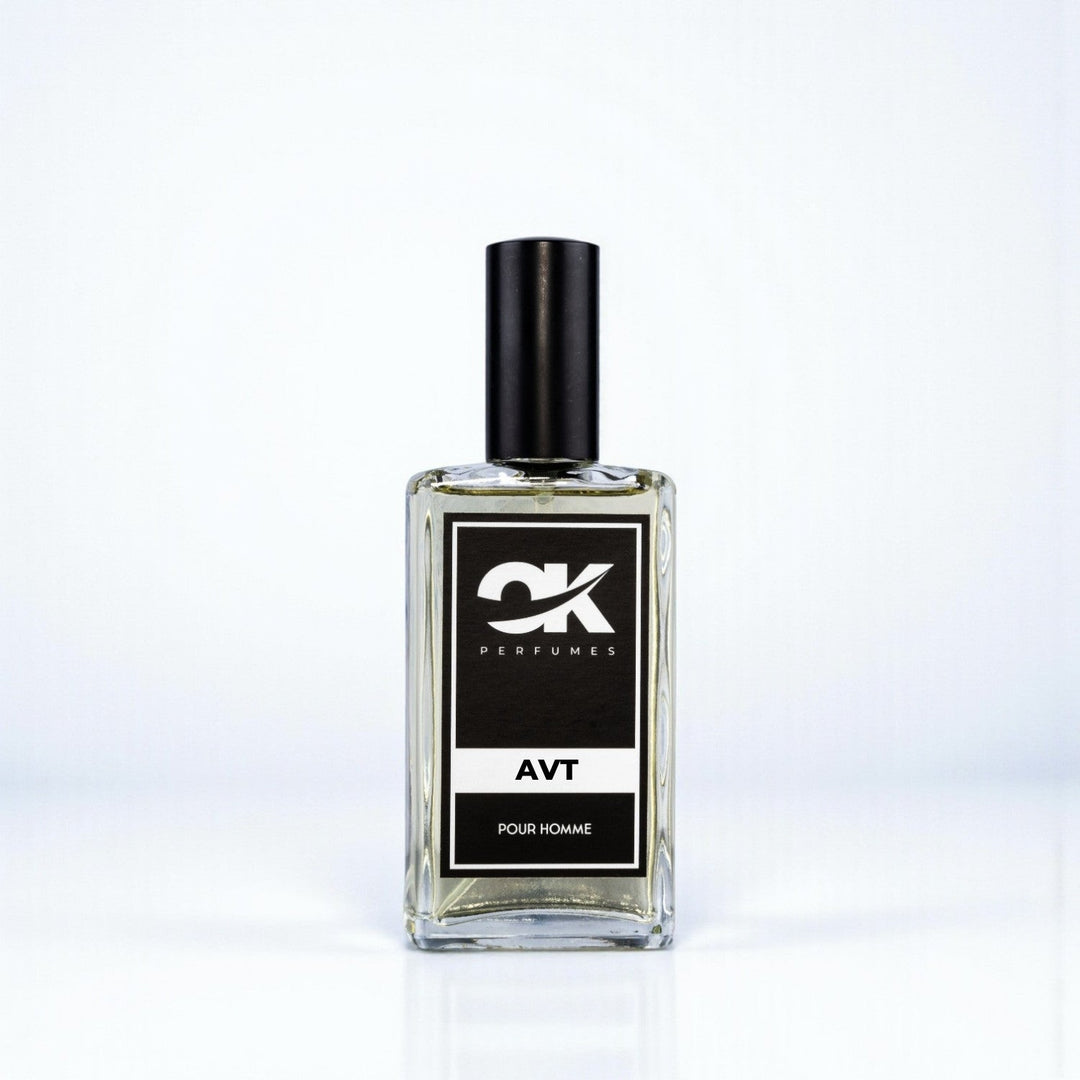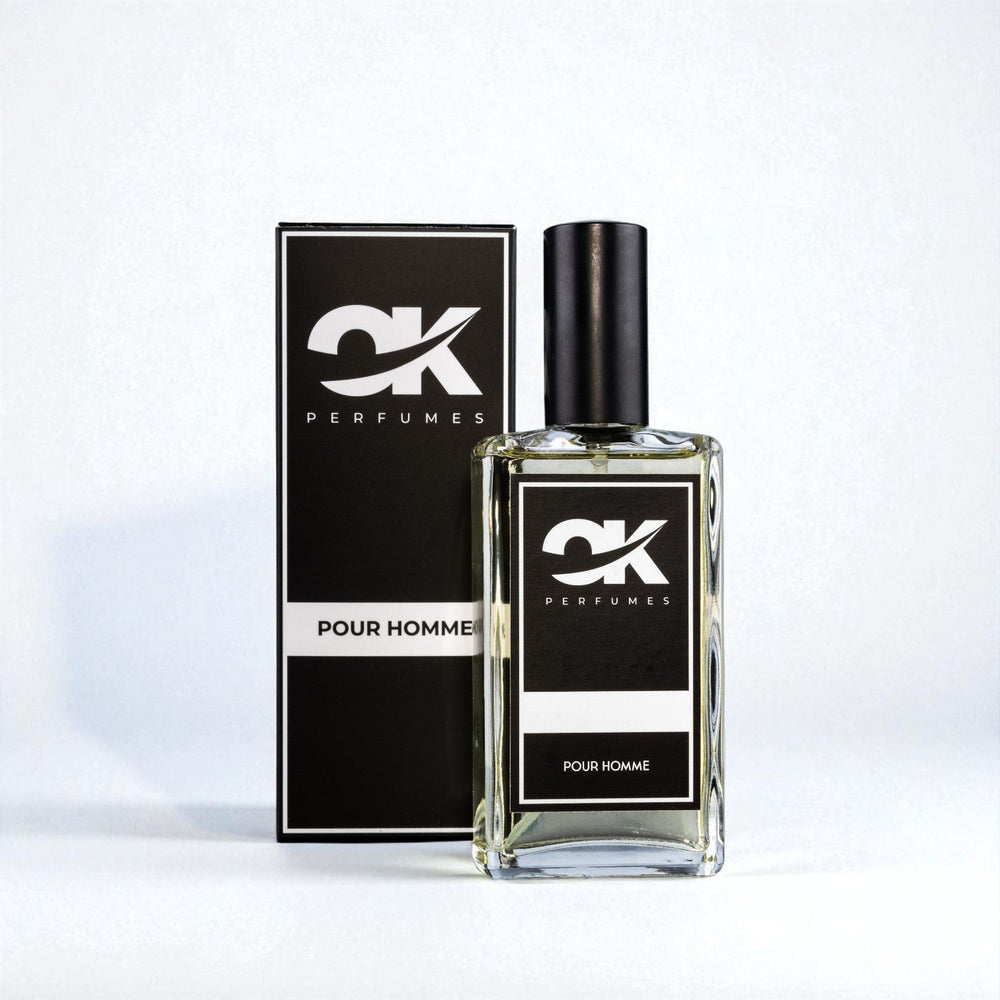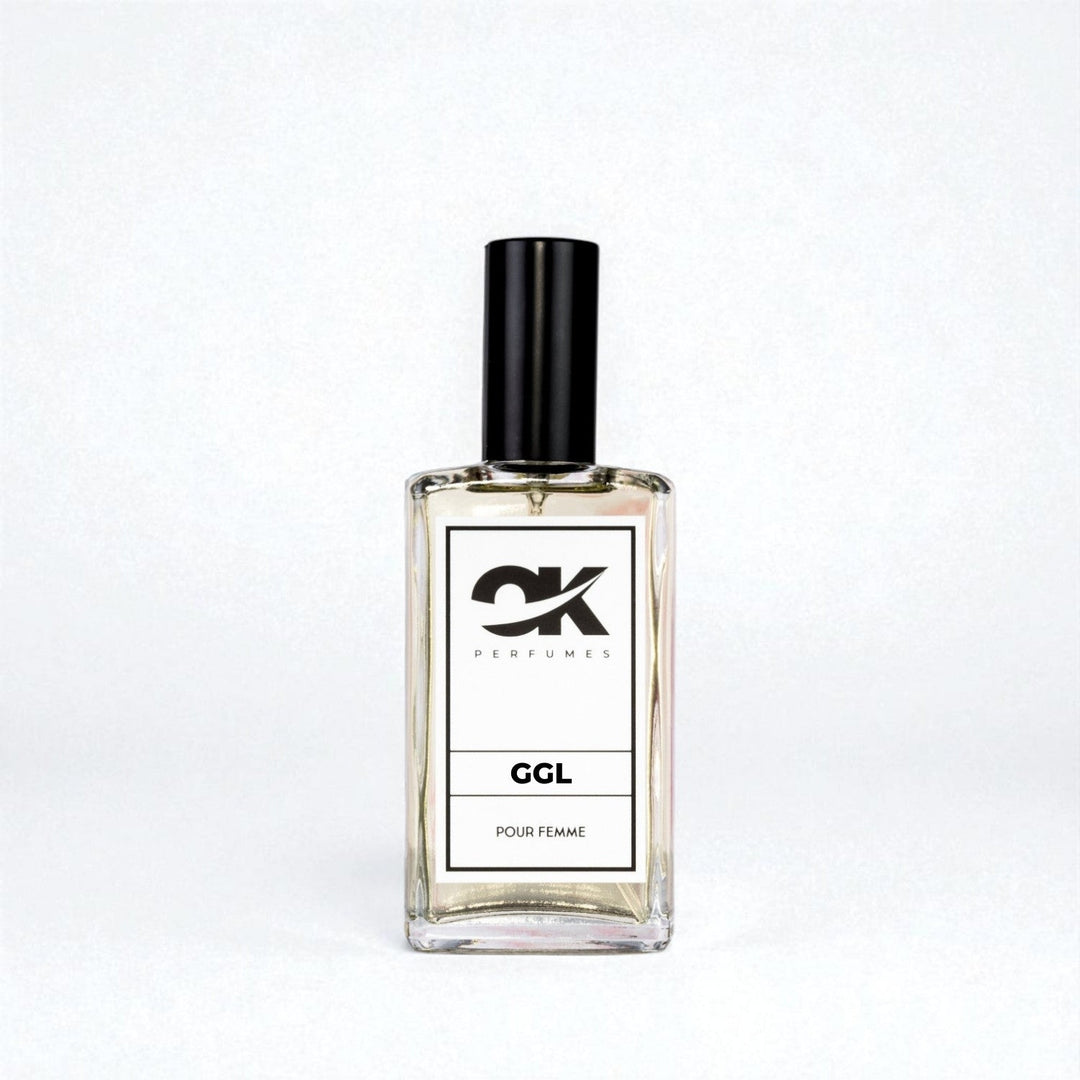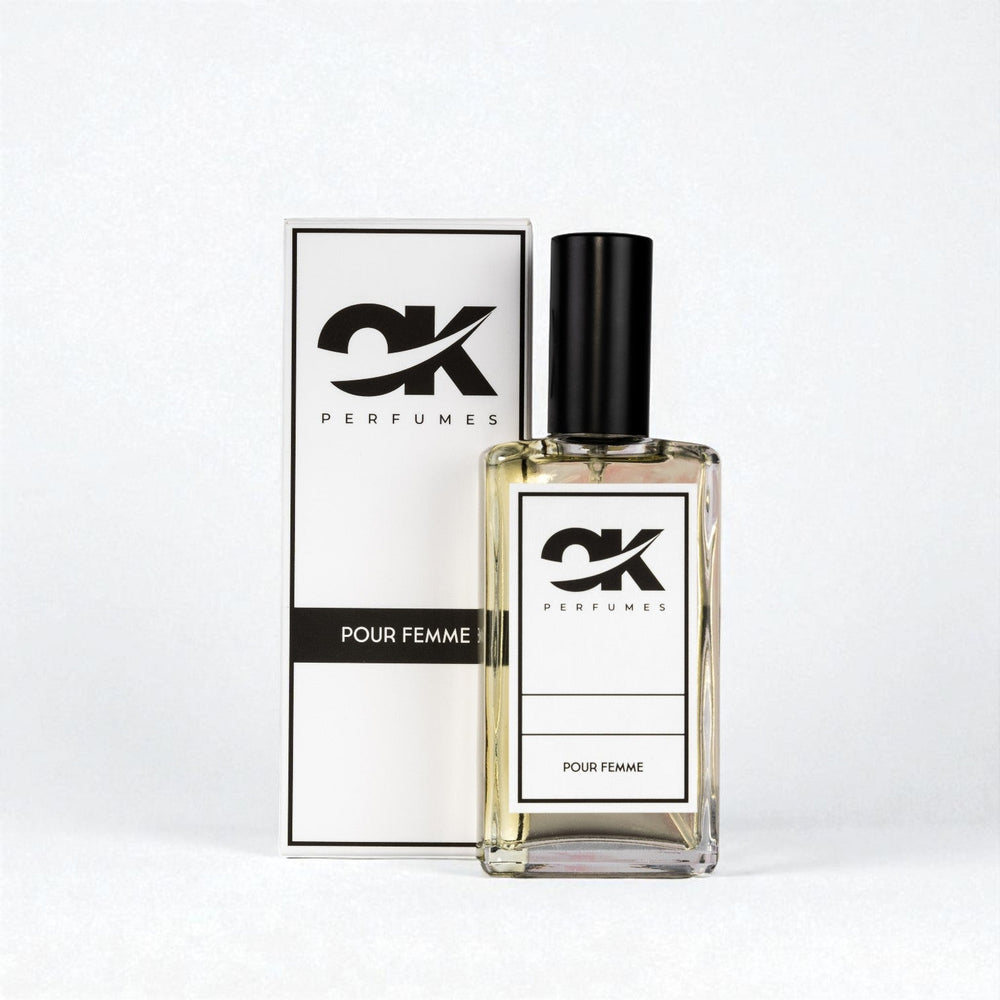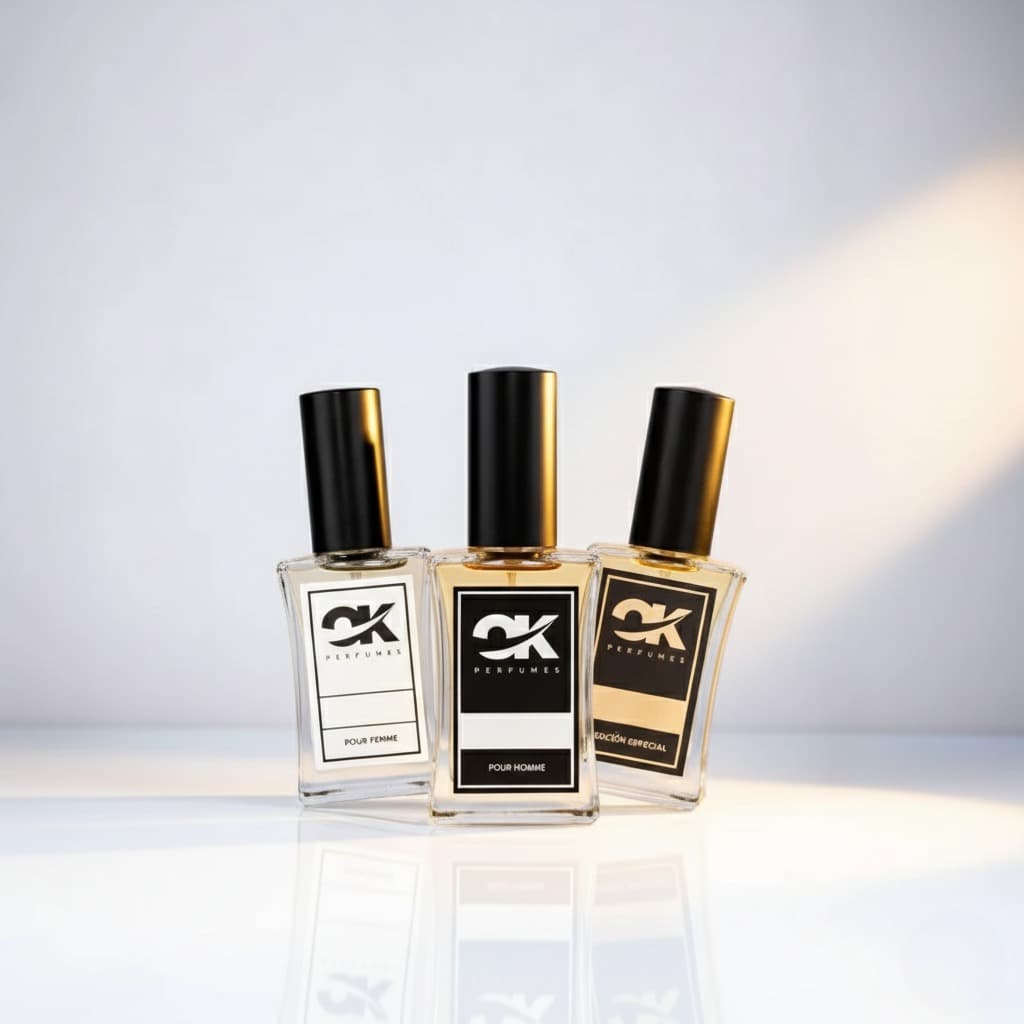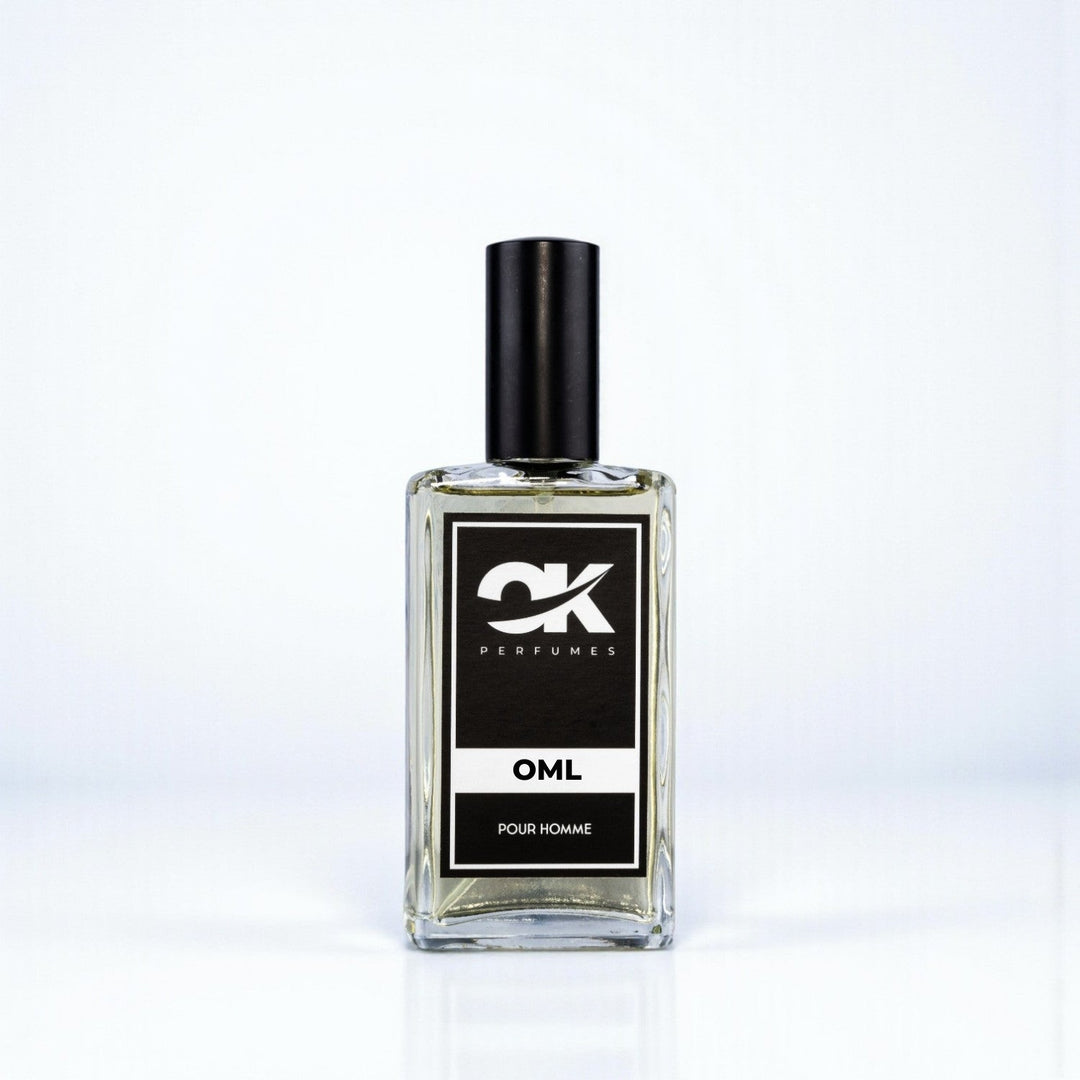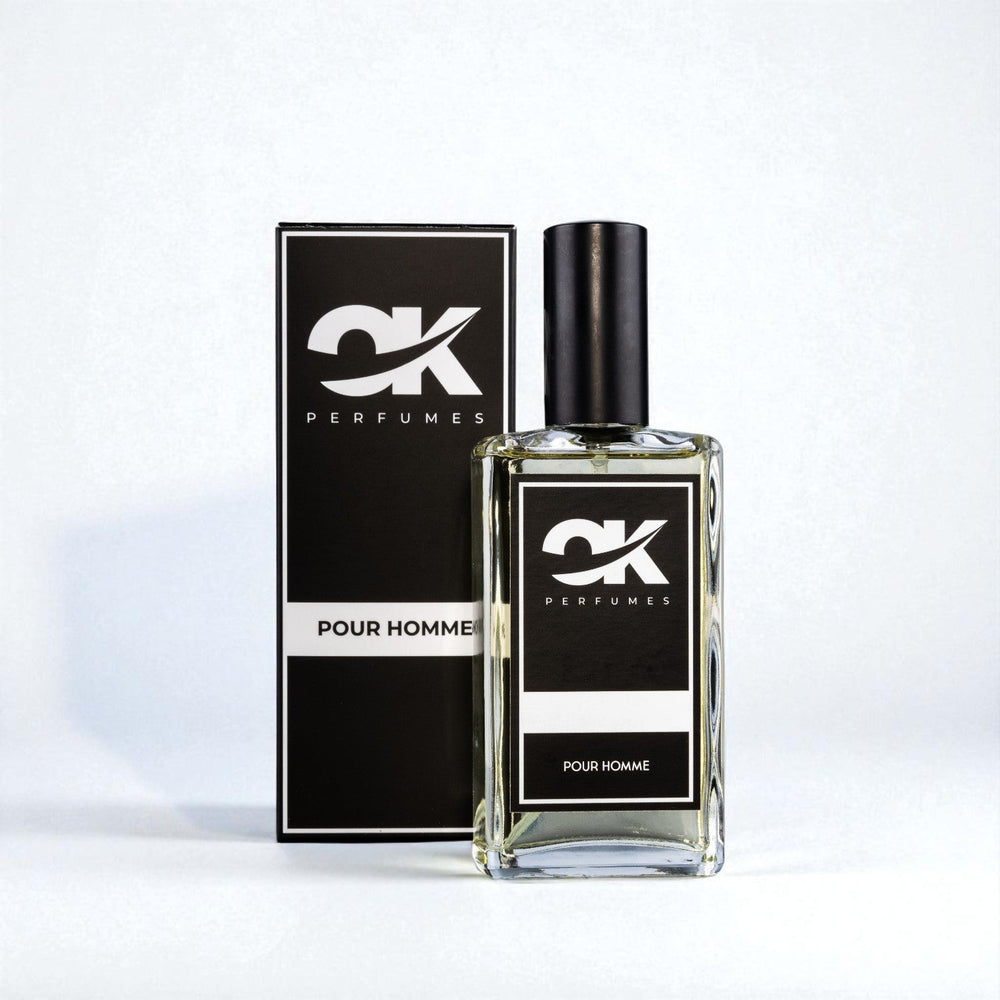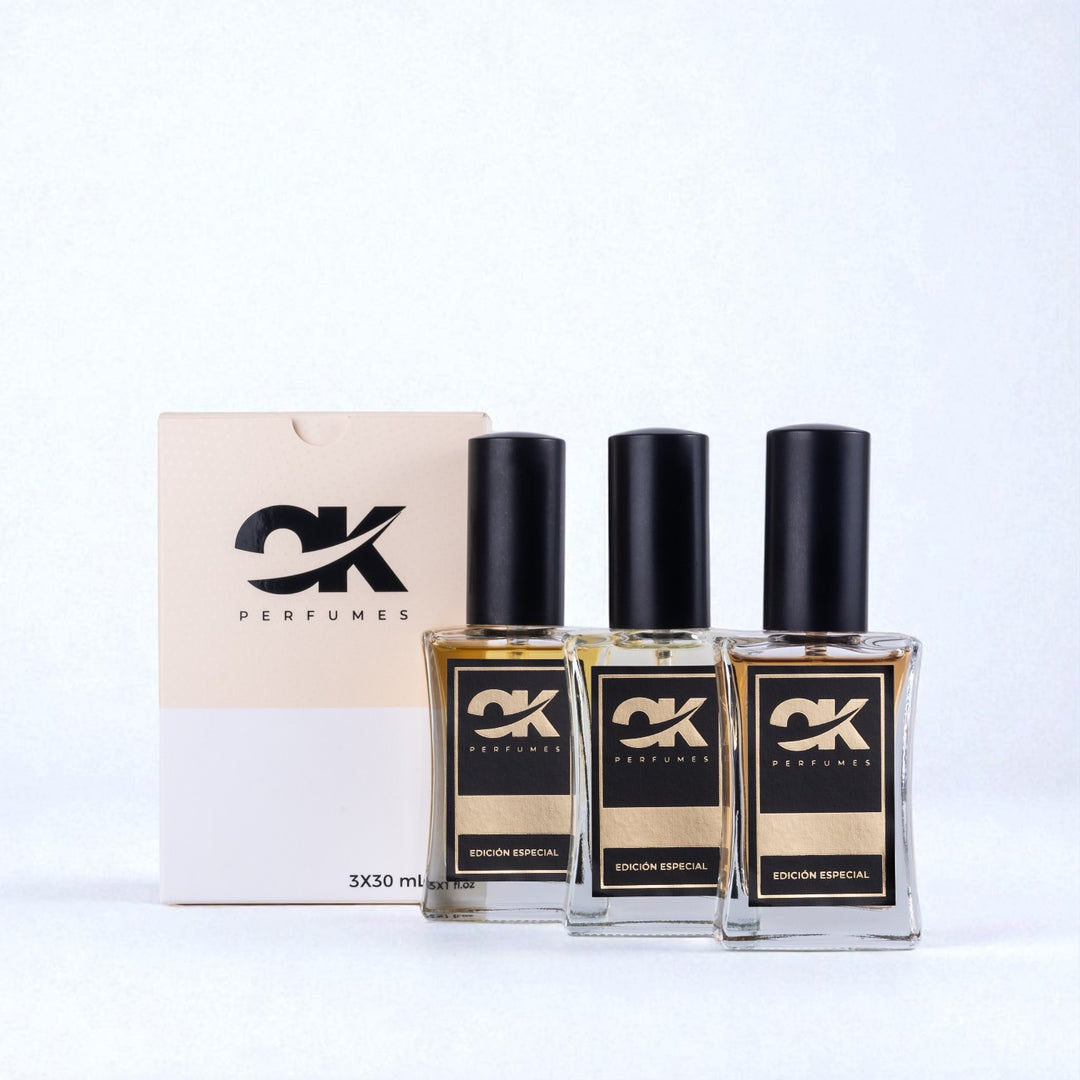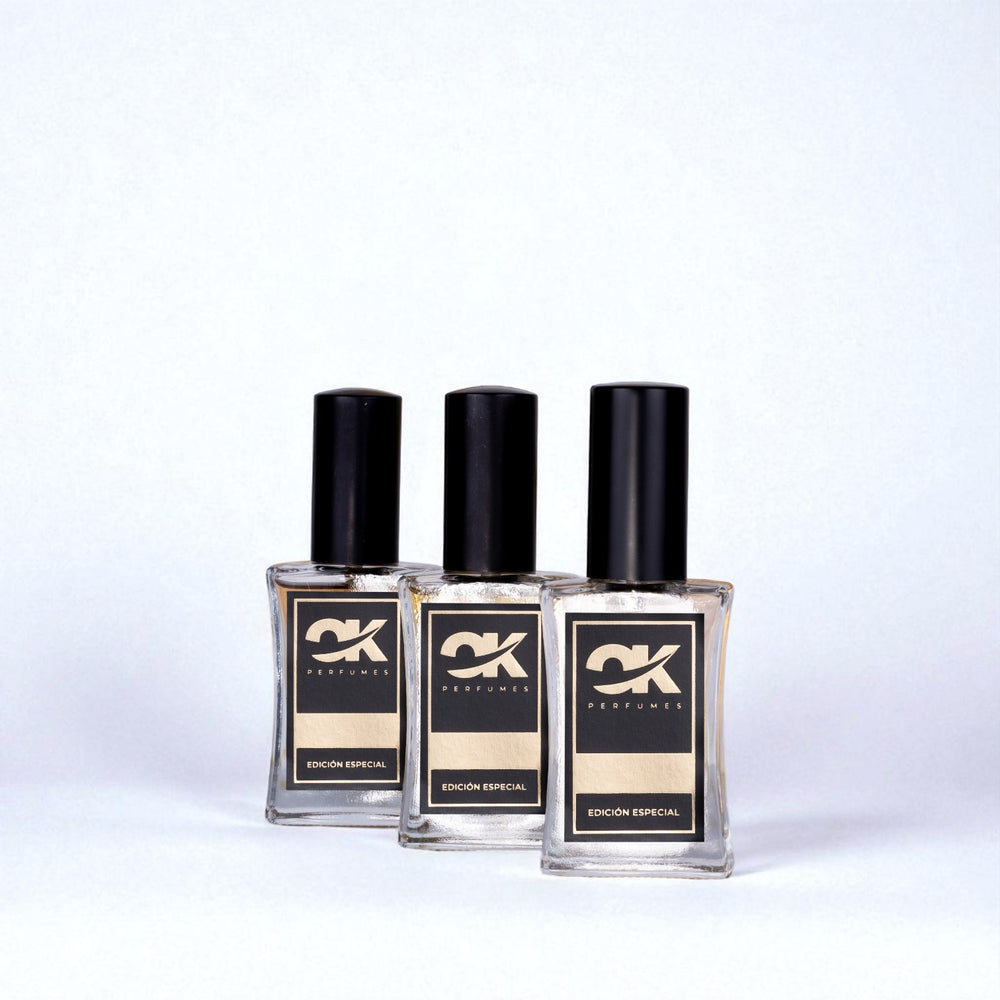Discover the Best Ingredients for Making Perfumes at Home
Creating your own fragrances at home can be an enriching and rewarding experience. Never underestimate the power of a good perfume, as it can evoke memories, emotions, and even define your personal style. In this article, we'll guide you through the best ingredients you can use to make perfumes at home, as well as show you how to take advantage of the equivalence with commercial perfumes, such as ASD perfume . .
Types of Ingredients You Will Need
When making perfumes, it's essential to understand that there are three main groups of ingredients you'll need to consider: top notes, middle notes, and base notes. Each type plays a crucial role in the final scent of your creation.
Top Notes
Top notes are the first impression a perfume makes. They tend to be fresh, light aromas that evaporate quickly. Some of the best ingredients for top notes include:
- Citrus fruits: such as lemon, bergamot and grapefruit.
- Mild spices: such as mint and lavender.
- Fruits: strawberries, apples, and pineapple.
Heart Notes
After the top notes, the heart notes define the perfume's character. These scents are more complex and long-lasting. Here are some options:
- Flowers: rose, jasmine, and violet.
- Spices: cinnamon, cardamom, and nutmeg.
- Nuts: almonds and walnuts.
Base Notes
Base notes provide the foundation of the perfume and are the scents that linger longest on the skin. Ideal ingredients for this category are:
- Resins: such as benzoin and myrrh.
- Woods: sandalwood, cedar and vetiver.
- Moss: Notes of oak moss or white moss.
Liquid Elements for Mixing
Once you've selected your notes, it's time to mix. Here are the liquids you'll need to make your perfumes at home:
Alcohol
Alcohol is the most common medium for fragrances, as it helps dissolve essential oils and diffuse the scent. Be sure to choose a high-quality type of alcohol, such as ethyl alcohol, which is ideal for perfume making.
Essential Oils
Essential oils are the heart of a perfume. You can choose natural oils from flowers, fruits, or spices to bring your fragrances to life. These oils not only add aroma but also offer aromatherapeutic properties.
Distilled water
Distilled water is commonly used to dilute the mixture. This is especially helpful if you prefer a lighter fragrance. A small amount can make your perfume feel fresher and less overwhelming.
The Manufacturing Process
Once you've gathered all the necessary ingredients, you can begin the process of creating your homemade perfume. Here's a step-by-step guide:
Select your ingredients
Decide which top, middle, and base notes you want to include. Take your time to experiment and take notes on how each scent blends.
Mix the Ingredients
Start by pouring the notes you've selected into a glass jar. For a balanced fragrance, use the following proportioning scheme:
- 30% Top Notes
- 50% Heart Notes
- 20% Base Notes
Add the alcohol and distilled water in the desired quantities and mix well.
Let the Mixture Rest
It's important to let the mixture sit for at least 48 hours, although ideally it should be several weeks. This will allow the fragrances to blend properly and develop.
Personalizing Your Perfume
One of the best things about creating your own perfumes is the ability to customize them to your liking. Consider experimenting with different fragrance combinations to create something completely unique. Also, the equivalence to an ASD perfume can help you find the ideal mix.
The Best Combinations to Try
If you don't know where to start, here are some popular combinations to inspire you:
- Citrus Fresco: Blends lemon, bergamot and mint for a summery fragrance.
- Garden Flower: Combines jasmine, rose and almond for a romantic scent.
- Deep Wood: Experiment with sandalwood, vetiver, and moss for an earthy fragrance.
Tips for Successful Perfume Making
Here are some helpful tips to help you create truly exceptional homemade perfumes:
Use Quality Ingredients
The quality of the ingredients will directly influence the final result. Make sure to choose high-quality essential oils and alcohol for the best results.
Test and Adjust
Don't be afraid to experiment. Creating perfumes is an art that requires trial and error. If you don't like the result at first, adjust the proportions until you find the perfect combination.
Document Your Creations
It's important to keep a detailed record of each blend you make. Take notes on the proportions you used, the ingredients, and the sensations each fragrance evokes. This will help you in future experiments.
The World of Natural Perfumes
Making perfumes at home not only involves mixing different ingredients, but also an opportunity to embrace nature and organic ingredients. Opting for natural ingredients can result in magnetic fragrances that not only smell beautiful but are also healthy for your skin and the environment.
With natural perfumes, you can avoid synthetic chemicals often used in commercial fragrances, including some ASD perfumes that may contain unhealthy elements. Always verify the source of your ingredients and opt for those that are eco-friendly and ethical.
The Benefits of Creating Your Own Perfume
Creating your own fragrance at home has many advantages that go beyond the obvious:
- Cost-Effectiveness: Making your own perfumes can be significantly cheaper in the long run.
- Originality: You will be able to create a fragrance that is unique and personal.
- Personal Suitability: You can adapt your scents according to the seasons, occasions and moods.
- Aromatherapy Benefits: By using essential oils, you can benefit from their therapeutic properties.
Explore the Art of Creating Fragrances
The world of perfumery is rich in history, science, and creativity. While formulating your own fragrances can seem challenging, with the right ingredients and a little practice, you can achieve impressive results. The equivalence you achieve with some of your favorite commercial perfumes, such as ASD perfume , , will become a beautiful testament to your talent and dedication.
Immerse yourself in this sensorial adventure and indulge in the art of perfume creation. Your nose and wallet will thank you!
Discover the creations of a fellow Shopify store owner by exploring their online store. Simply click here to access the store. Please remember that this is a promotional link, and we cannot be held responsible for the content of the linked store.




